
Sustainable Development Goals (SDGs): All You Need to Know
The United Nations has defined 17 goals, aimed at creating a better world. What are these so-called "Sustainable Development Goals" ? Explanations.
ESG / CSR
Industries
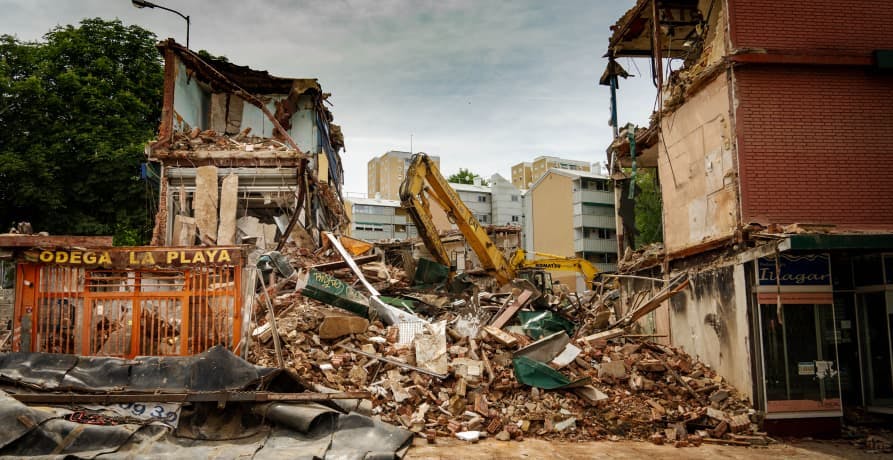


From hurricanes, tornadoes, tsunamis, and droughts – climate change hasn’t been kind to the majority of natural disasters, but what about earthquakes?
Earthquakes, infamous for occuring in well-known cities such as San Francisco, Los Angeles, and Tokyo – can have devastating effects on the cities that they impact. Does climate change pose a risk of more severe earthquakes to come in the future?
👉 In this article, we’ll explore what earthquakes are, the consequences and damages that they cause, and if climate change really has an impact on earthquakes.
Earthquakes are when two pieces of the earth, better known as tectonic plates – are slipping past one another, and results in an uncontrolled shaking of one’s surroundings. The area below the earth where these plates slip is known as the fault plane or fault line, or areas where earthquakes are most likely to occur.
Areas in the world that are directly situated above a fault line include:
👉 However, it is important to remember that even within these cities that fault lines may differ from neighborhood to neighborhood or even from street to street. For insurance, neighborhoods more inland in San Francisco are less at risk of an earthquake than neighborhoods on the water.
When the two pieces of earth move, the energy creates seismic waves – that act much like a ripple effect in a pond. This is what people feel when they “feel the earth move”, or when there is an earthquake happening.
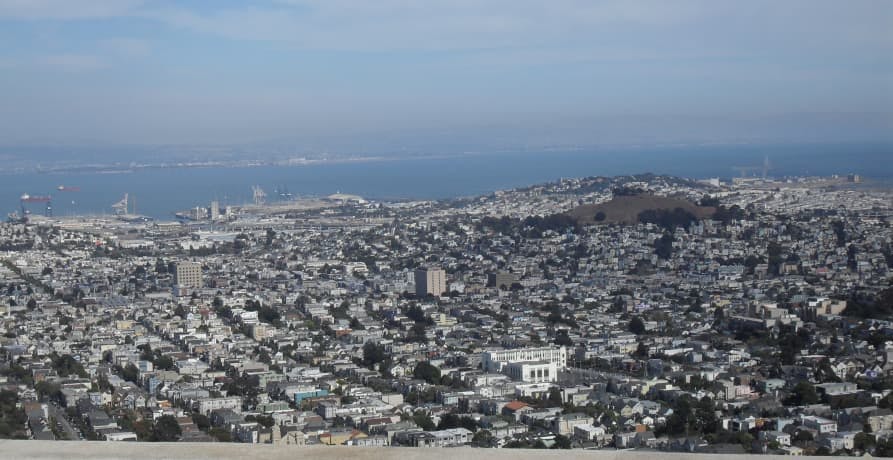
Earthquakes, just like other natural disasters, are no laughing matter.
To determine how damaging or intense an earthquake was, scientists use a magnitude scale to rate the severity of an earthquake.
| Magnitude | Description | Effects |
|---|---|---|
| Less than 2.0 | Micro | Microearthquakes, not felt by people. |
| 2.0 - 2.9 | Minor | Usually not felt by people but recorded by seismographs. |
| 3.0 - 3.9 | Light | Often felt by people, but rarely causes damage. |
| 4.0 - 4.9 | Moderate | Noticeable shaking of indoor items, rattling noises. |
| 5.0 - 5.9 | Strong | Can cause damage to poorly constructed buildings. |
| 6.0 - 6.9 | Major | Can cause a lot of damage in populated areas. |
| 7.0 - 7.9 | Major | Can cause widespread damage and loss of life. |
| 8.0 - 8.9 | Great | Major earthquake, causes serious damage. |
| 9.0 and above | Great | Devastating in areas several tens of miles across. |
However, it is important to remember that the impact of an earthquake depends on more than just its magnitude rating, such as:
Earthquakes are known to cause homes to fall apart, expensive repairs, damages to public buildings and educational institutions, and some people are also harmed when there is an earthquake due to falling debris and no place to take immediate shelter.
In addition to this, earthquakes can also cause soil liquefaction, landslides, avalanches, fires, and even tsunamis – all of which can have more catastrophic repercussions of their own.
People who experience an earthquake are also subject to experience a newfound sense of eco-anxiety or PTSD from the event – as earthquakes can take people’s homes and even the lives of loved ones.
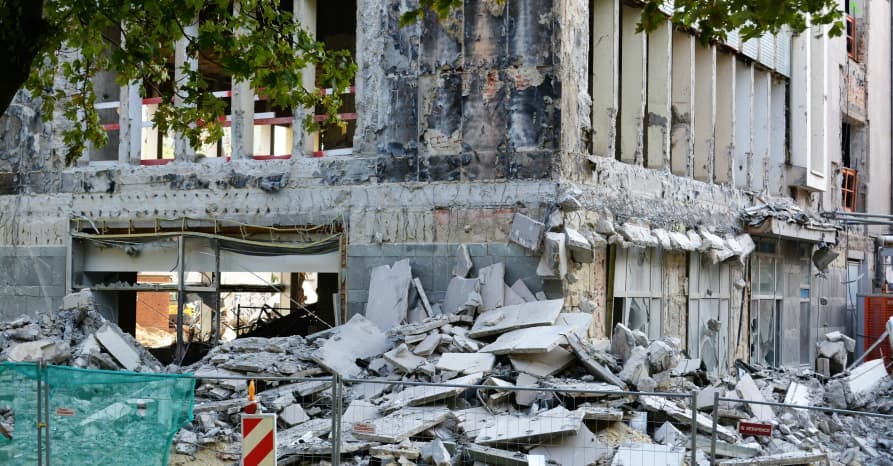
There are certain norms that people who live near a fault line are used to in comparison to those who live in an earthquake-free zone. For example, students who go to school in an area where earthquakes are likely to occur often undergo earthquake drills in school – where they are trained what to do in the event of an earthquake.
People who live in a home near a fault line, or where earthquakes are susceptible to occur, are often recommended to purchase special homeowner’s insurance in the event their home is to be completely destroyed after an earthquake. This is yet another industry that continues to be overwhelmed as climate change visibly gets worse across the country.
Just like with anything else in life, people who live in areas where earthquakes are likely are expected to understand the risks of earthquakes and make compromises for deciding to live near a fault line or an area where an earthquake is likely to occur.
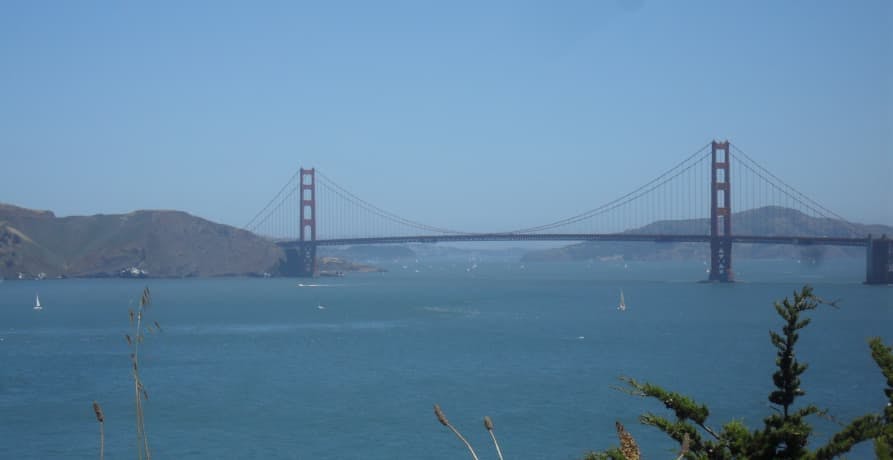
The good news is that scientists know a lot more about earthquakes today than they even did half a century ago, but much about earthquakes still remains a mystery.
For instance, scientists still aren’t able to detect seismic activity before an earthquake occurs with accuracy.
👉 Did you know that toads can predict earthquakes days before they occur? Some scientists theorize that it’s because they are able to detect small signs such as changes in gas or particles surrounding them.
Still, it’s important to remember that when scientists make predictions using their knowledge of fault lines, that nothing is 100% accurate.
👉 Scientists also understand in depth the seismic waves that cause earthquakes, seismic zones, foreshocks, mainshocks, aftershocks, and how to measure the severity of earthquakes. This helps scientists to do research and modeling to learn more about potential earthquakes.
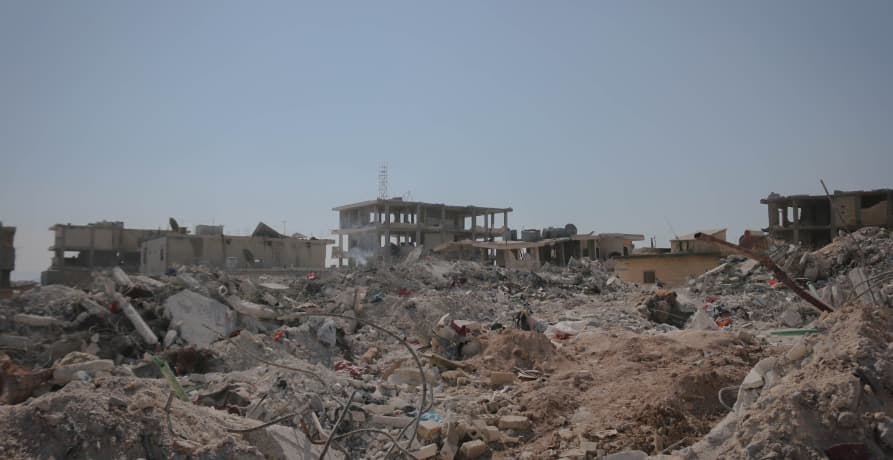
Thanks to science, we now know that earthquakes are caused by shifting tectonic plates – but does that have anything to do with climate change?
To deduce if climate change impacts the severity of earthquakes, it’s first important to recognize that pieces of the earth are a lot like pieces of a jigsaw puzzle – with different “plates” (or, jigsaw puzzle pieces) making up the planet as a whole.
Many educational institutions conclude that earthquakes are not influenced by climate change, but that these shifting tectonic plates can have an impact on the climate over long periods of time. In short, while an earthquake may not do anything to the surrounding climate now – it could in the future.
In addition to this, stronger earthquakes have been linked to sizable changes in atmospheric pressure – which are often caused by hurricanes. These are known to result in “slow earthquakes”, or “baby earthquakes” that don’t feel as intense as a traditional earthquake does. However, it is important to note that changes in atmospheric pressure do not have a significant impact on the variation of earthquakes.
Climate change can also impact earthquakes as droughts can further deteriorate existing fault lines and pumping groundwater (often a precautionary measure taken during droughts) can put further pressure on the earth’s crust.
👉 Ultimately, climate change doesn’t have an enormous impact on the severity or frequency of earthquakes – but there are a few correlating factors.
Even if climate change doesn’t have a big impact on the severity of earthquakes, they are still a natural disaster that can cause massive problems – especially as climate change continues to have a catastrophic impact on society.
For instance, multiple businesses have struggled to file their taxes on time due to the effects of climate change. Increased frequency and severity of weather conditions such as droughts, hurricanes, and tornadoes have left businesses in financial peril with reparation costs that keep them from filing their taxes on time.
Earthquakes could be added to this already long list. This is because similar to other natural disasters, earthquakes can cause irreversible damage – leaving people homeless and unable to pay the necessary costs to repair their current residence. In addition to this, many of the buildings and cities most vulnerable to earthquakes don’t have the updated infrastructure necessary to prevent extensive damage in the event an earthquake occurs.
A perfect example seeing as to how climate change and earthquakes combined could make for an even more threatening issue is how major insurance companies in the U.S. are beginning to limit their coverage due to climate change, and as earthquakes can cause homes to completely collapse – the combination of already existing impacts of climate change and earthquakes may not prove to be good for the global economy.
San Francisco is known for its charming, old neighborhoods – but while pretty, the colorful homes in areas such as the famous “The Painted Ladies” could be gone in an instant from an earthquake.

As it has already been said before, “earthquakes don’t kill people, buildings do” – seeing as the majority of deaths and injuries related to earthquakes are due to falling debris or already unstable homes. That being said, it has become more important than ever to improve our infrastructure not only to help reduce emissions and preserve energy consumption: but for buildings to become more climate resilient. We are in charge of our fate concerning future earthquake related injuries – not climate change.
The bad news is that earthquakes are indeed more dangerous in the midst of climate change, but the good news is – we have the power to prevent it from getting any worse.
If reading this article about how climate change has an impact on Earthquakes has made you interested in reducing your carbon emissions to further fight against climate change – Greenly can help you!
Keeping your business from being vulnerable to the effects of climate change can be a challenge, but don’t worry – Greenly is here to help. Click here to schedule a demo to see how Greenly can help your company to build climate resilience and remain functional during a natural disaster.
Greenly can help you make an environmental change for the better, starting with a carbon footprint assessment to know how much carbon emissions your company produces.